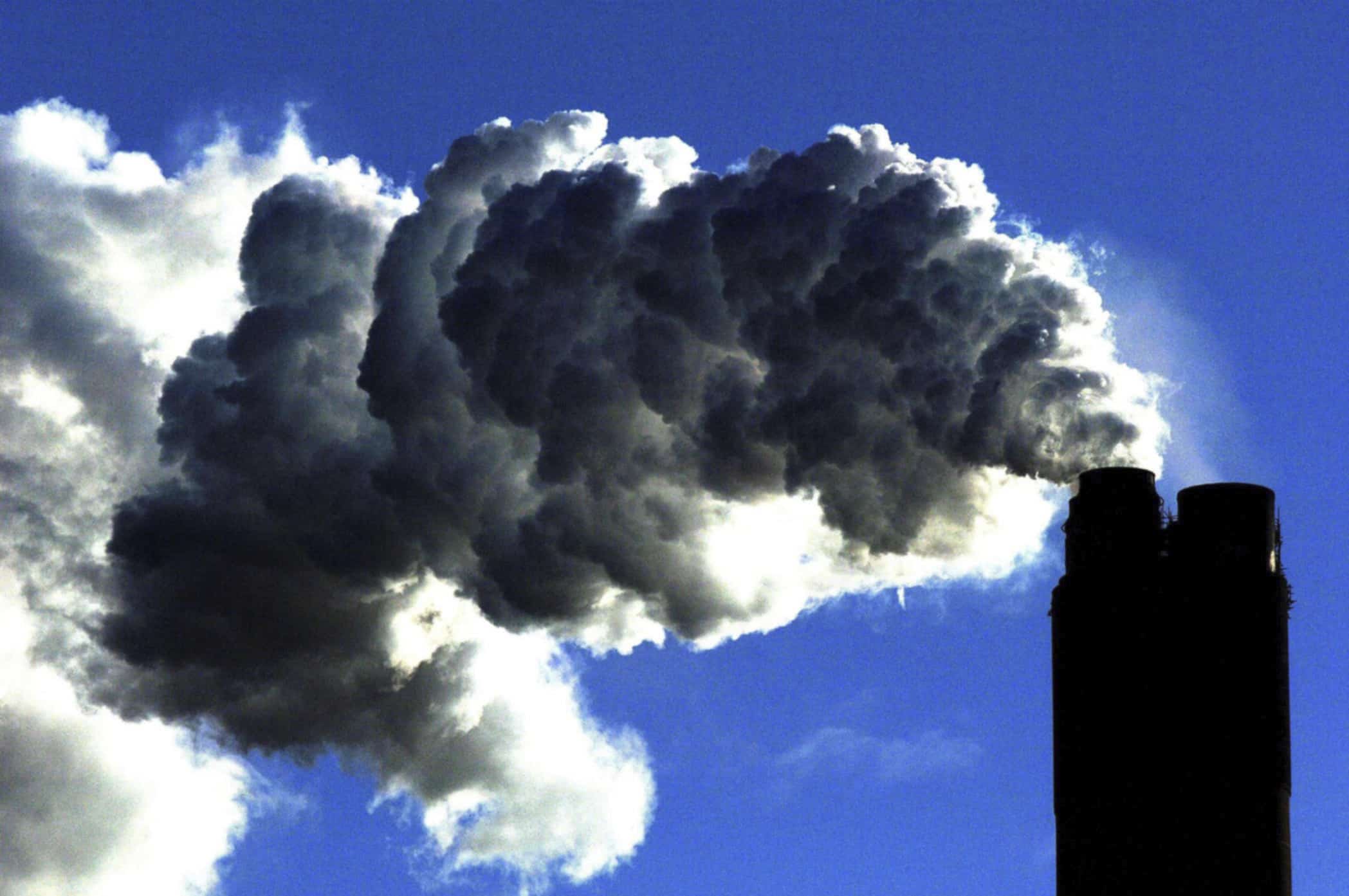Jan Christoph Minx is head of the applied sustainability science working group at the Mercator Research Institute on Global Commons and Climate Change and professor for climate change and public policy at the University of Leeds. Arwen Colell is a policy analyst at MCC..
Even the most optimistic scenarios for reducing global emissions to achieve the goals of the Paris Agreement require us to remove billions of tons of CO2 from the atmosphere. Fortunately, there are various carbon dioxide removal technologies available, from planting trees that take up and store carbon or enriching the CO2 content of soils through more sustainable farming practices.
But the truth is that despite all these options, we do not know yet how to practically achieve sustained and safe CO2 removal and storage at the immense scale needed. There is a growing innovation gap in the development of CO2 removal technologies and a real risk that we will not be able to adopt them at scale in time to meet the Paris goals. We are betting the future on solutions we don’t have.
However — what if carbon dioxide was not just a pollutant, but a resource that we could use to create new, valuable products? Rather than trying to find near-permanent storage solutions in geological structures with a high risk of leakage — and corresponding local apprehension — carbon utilization suggests a pathway to recycle carbon emissions in our economy. Market opportunities for these approaches could not only reduce the net costs of carbon dioxide removal, but of climate change mitigation as a whole. Unsurprisingly, as a tool to help build a circular economy, CO2 utilization is experiencing growing interest by governments, businesses and the scientific community.

(Source: Royal Society)
Captured CO2 can be used in a variety of different ways, from the production of new, climate-neutral transport fuels to various chemicals, plastics, food products, building materials or even advanced materials such as carbon fibers. Some of these uses do not have any relevant effect for climate change mitigation, but others help to reduce emissions and some can even lead to a net removal of atmospheric CO2.
For example, captured CO2 can be used to produce synthetic fuels. Running your car on such fuels reduces emissions because it avoids the use of conventional fossil fuels. But doing this has no removal benefits: Carbon captured to produce synthetic fuels is re-released into the atmosphere when burned by an engine.
It’s different for long-lived products such as building materials. For example, using CO2 as a curing agent in the production of concrete products means carbon dioxide would be safely stored and therefore removed from the atmosphere for decades.
A recent assessment of major CO2 utilization pathways published in “Nature” highlighted that future utilization rates for all of these options could each scale to over 0.5 gigatons of CO2 per year. Such developments could lead to a new market for CO2 utilization worth $1 trillion.
Estimates from the Global Carbon Initiative suggest that even when continuing under “business as usual” assumptions, some options for carbon utilization would perform extraordinarily well. The markets for building materials and synthetic fuels making use of carbon, for example, could be worth, respectively, $150 and 400 billion, with $10 and 250 billion in annual revenues. Strategic policy support could increase the potential for such technologies to achieve competitive market shares, capturing up to 10 percent of global annual carbon emissions.
 (Source: Nature)
(Source: Nature)
Still, using is not removing. The carbon removal potential of CO2 utilization looks rather limited. While concrete building materials and enhanced oil recovery could each store and remove more than a gigaton of CO2 from the atmosphere in an optimistic scenario, other utilization pathways with large removal potentials — such as the production of algae-based carbon fibers — are still in their infancy and need to be urgently developed.
The most important contribution of CO2 utilization to carbon removal efforts, although much less discussed, is accelerating development by creating incentives. Technologies to capture CO2 could mature more quickly, because utilization provides new, essential niche markets and business opportunities.
As such, CO2 utilization might not be the silver bullet to bring the Paris Agreement back into reach. But it might well be a crucial catalyst to close the innovation gap and unleash rapid technological development for carbon removal and climate change mitigation as a whole.





